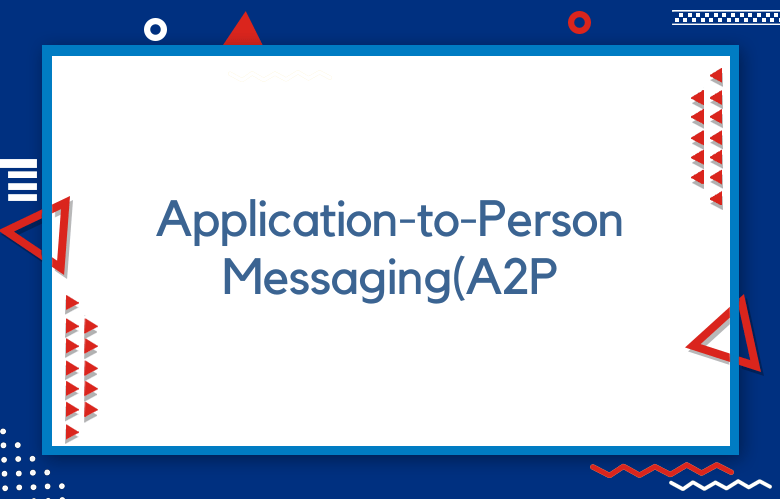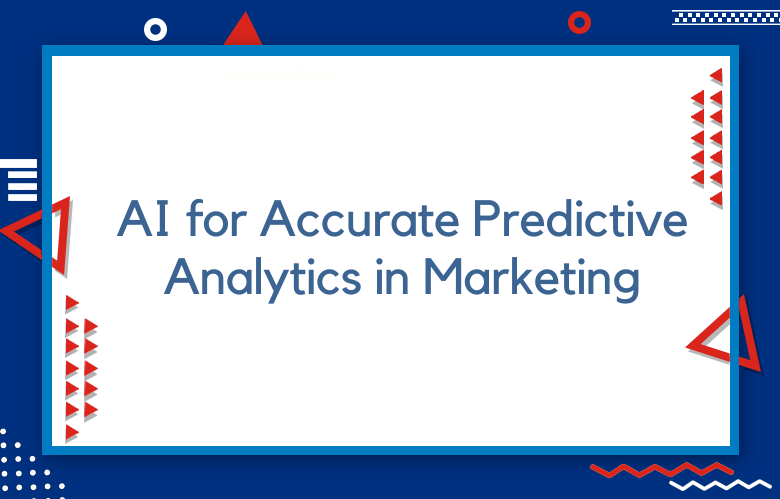A Comparison of Large Language Models (LLMs) in the Marketing Industry

We live in an era of digitalization where every business competes to provide the best customer experience. Marketing has always been an essential aspect of any industry, but with the emergence of social media platforms, it has become more crucial than ever. Businesses are now utilizing Large Language Models (LLMs) to cater to customer needs for better customer engagement. We will discuss the benefits of using LLMs in marketing and compare the industry’s top models.
What are Large Language Models?
Large Language Models (LLMs) are AI-based systems that can generate human-like text or content. They use complex algorithms to work on a simple principle of predicting the next word in a given sequence.
LLMs are capable of generating expressive language and working on three key elements – Natural Language Processing (NLP), Machine Learning (ML), and Neural Networks (NN), making them incredible marketing tools.
A Comparison of Large Language Models (LLMs) in the Marketing Industry
Large Language Models (LLMs) have taken the marketing industry by storm in recent years. With the rise of AI technology, companies are using LLMs to automate tasks and improve their marketing strategies.
But with so many LLMs available, which one should you use for your business? We will compare three of the most popular LLMs in the marketing industry:
GPT-3, BERT, and OpenAI’s DALL-E. We’ll explore the unique features of each LLM, their pros and cons, and which one may be the best fit for your business.
First up is GPT-3. GPT-3 is a third-generation artificial intelligence language model created by OpenAI. What sets GPT-3 apart from its predecessors is its ability to generate human-like responses with incredibly accurate grammar, vocabulary, and context.
It has been trained on various sources, including Wikipedia, books, and social media.
The Future of LLMs for Marketing
The future of LLMs in marketing is very bright, with their ability to scale personalized customer experiences and analyze large sets of data that can be used to improve marketing campaigns.
LLMs are still experiencing development and improvement and may be incorporated into all aspects of marketing.
However, it is essential to remember that while LLMs can produce content on their own, it is necessary to have a human element involved that can develop appropriate strategies depending on the target audience.
Benefits of Using LLMs in Marketing
By using LLMs in marketing, businesses can scale their content production and social media engagements to increase customer retention.
LLMs can recognize complex language patterns, which can help make personalized customer experiences. They can also generate content for email marketing and chatbots and even power up your SEO strategy by generating keyword-rich content.
Comparison of LLMs in Marketing
GPT-3
It is one of the most advanced LLMs, with 175 billion parameters. GPT-3 can produce human-like content for personalization in marketing campaigns. It also can translate and summarize long texts in just a few seconds.
GPT has a unique feature of generating new content by understanding the context of the given input.
With the help of GPT, marketers can create content in various formats like social media posts and email campaigns. However, GPT needs to be more generic, and it might not be able to provide the required depth for specific niches.
BERT
It stands for Bidirectional Encoder Representations from Transformers, and its main feature is prediction and improving search queries in marketing. It can also categorize data effectively, rank website content, and help in other areas, such as improving user engagement.
BERT can grasp the context of words, making it ideal for keyword research and content optimization. However, the major drawback is that BERT requires high computation power and extensive computing resources.
T5
It refers to a Text-to-Text Transfer Transformer, the latest addition to the LLM family. It is more flexible than BERT and can generate various types of content for marketing purposes.
This model can handle translation, text classification, summarization, and question answering, making it a versatile digital marketing tool.
T5 uses a task-specific input-output format that distinguishes it from other models. Its flexibility allows it to transform inputs into various entities used in different NLP tasks. T5 is considered the most accessible LLM and can be easily fine-tuned for specific industries.
XLNet
XLNet is a novel LLM that CMU, Google, and Carnegie Mellon University developed. It has garnered significant attention for its ability to generate robust and coherent responses.
XLNet uses a unique pre-training approach called Autoregressive language modeling (ALM), which enables it to generate high-quality responses. Its ability to capture semantic structures and long-term dependencies is helpful in tasks such as question answering and text completion.
ELECTRA
We efficiently learned an Encoder that Classifies Token Replacements Accurately, or ELECTRA, one of the most innovative LLMs in the market. It is designed to reduce pre-training time and improve performance on natural language tasks.
Unlike other LLMs trained on a generation or discrimination task, ELECTRA uses a replaced-token detection task, enabling it to capture various linguistic properties. ELECTRA’s main advantage is its speed and efficiency, making it ideal for real-time applications such as chatbots.
ALBERT (A Lite BERT)
ALBERT is a lightweight version of the BERT model with reduced parameters, making it more efficient and memory-friendly.
When dealing with large datasets, ALBERT helps to reduce computational time and processing speed, making it a practical solution for marketers who need fast, accurate, and cost-effective analysis of customer feedback and user-generated content.
Conclusion
Large Language Models (LLMs) are innovative technologies that benefit businesses in the marketing industry.
They have revolutionized the marketing landscape by providing detailed analysis and creating personalized content, providing a better customer experience.
As we have seen, GPT-3, BERT, and T5 are some of the top LLMs in the market, and each one has different use cases according to your business needs.
While the use of LLMs is still developing, it is promising to see how it will change the marketing industry in the future.
Ultimately.
Call: +91 9848321284
Email: [email protected]



